Series: How To Make Revenue Growth Predictable In Uncertain Times
Part 1
Part 2 (this article)
Part 3
Over the past few years business leaders have become familiar with uncertainty. In the midst of pandemic pivots, supply-chain shifts, and hiring hassles, one thing has remained constant: the need for revenue.
Revenue is the lifeblood of business. We have proven our ability to solve all kinds of problems, but revenue problems are a massive change. Some of the biggest problems happen when uncertainty leads to unpredictable revenue. Thus, it is important to take smart actions to ensure revenue growth remains predictable, especially in uncertain times.
This is the second in a series of three articles offering strategies to make revenue growth predictable. Previously we explored the importance of Focusing Your Message. In this article we will unpack the second strategy: aligning marketing, sales, and operations around your Client Experience.
(In this article, I will use the words client and customer interchangeably. Some industries have customers while others have clients. Personally, I like the word client, even in an industry that traditionally uses the word customer because the world client infers a relationship of trust.)
What Is Client Experience?
Client Experience is the sum total of the impressions and feelings your prospects and clients have as they interact with your company.
My first employer, Lanier Worldwide, had a great company tagline, Customer Vision. They defined it as follows: “We strive to see your business and your needs through your eyes.” This is the mindset of Client Experience.
Marketing, sales, and operations teams tend to look at things through their own lenses. Marketing sees audiences, funnels, and leads. Sales sees activity, pipeline, and deals. Operations sees processes, support desks, and NPS (Net Promoter Score) rankings. It’s no wonder that these teams have trouble communicating, even in small companies that aren’t supposed to have silos.
A Client Experience perspective allows marketing, sales, and operations to look through the same lens. Seeing through the eyes of the customer (and prospective customer) they are able to understand what it might be like to interact with the company.
From this perspective, each team can then begin to think how they can enhance the entire experience. From there, playbooks can be created that orchestrate an amazing experience as marketing, sales, and operations work together to serve prospects and clients.
How Does Client Experience Help Make Revenue Predictable?
Improving Customer Experience leads to more predictable revenue in the following ways.
1. Maximize Cross-Sell Revenue
There are only two ways to grow revenue: grow net-new business by adding new customers or cross-sell more to your existing customers. For most companies the low-hanging fruit is in the cross-sell revenue.
Sadly, most companies fail to maximize their cross-sell revenue. Sales and marketing are focused on driving net-new. Once a customer comes on board they get handed off to operations or customer success. At that point, the marketing and selling stops. Marketing and sales move on to the next deal. Meanwhile, your base of clients desire multiple outcomes that your company could satisfy—if only they knew.
Looking at your Customer Experience shines a bright light on the areas where you could incorporate cross-sell strategies. Companies that get smart and consistent about about cross-sell build processes and playbooks to ensure they maximize their revenue-per-client.
2. Increase Client Retention
Employee turnover is a huge challenge. Client turnover is a problem as well. If you bring on 100 clients and lose 80, you are only up 20 clients. Even worse, you lost the potential to cross-sell to the 80 you lost. Focusing on Client Experience ensures that you minimize turnover, creating sustainable revenue.
3. Improve Customer Service
When everyone at your company understands the stages of the Customer Experience it begins to empower them to deliver better customer service. Without an understanding of the entire journey a prospect and customer have taken, individual employees are only making guesses about what they need to do. Good intentions may lead to actions that actually harm your Customer Experience. By mapping the entire experience and seeing it through the eyes of the customer you can come up with ways to improve your customer service.
4. Get More Referrals
Happy clients lead to referrals. Every sales rep knows that referrals have a high probability of closing. When you craft an engaging Customer Experience, you ensure that your sales team interacts with the customer after the initial sale. These interactions create the opportunity to ask for referrals.
5. Streamline Onboarding
We’ve all felt the cringe factor of a new employee interacting with a customer in a way that is counterproductive. Of course, we coach the employee to improve. Instead, what if new employees were able to see the entire Customer Experience through the eyes of an actual customer? They could review playbooks for each stage of the experience that explained the goals of the stage, the processes, the resources, and how their role fit into the overall experience. Mapping Customer Experience and then creating playbooks helps new team members feel comfortable in their role and assists them in getting up to speed as quickly as possible.
6. Allow Adaptability
Pivot could easily have been the word of the year for 2020. Companies that were able to adapt during the turbulent times of the pandemic were able to survive and thrive. When you have mapped out your Customer Experience you are able to adjust when the market shifts. These adjustments can be incorporated into modified playbooks when then filter down through your team. The end result is faster pivots.
All of these factors work together to to make revenue more predictable. During uncertain times this predictability is more important than ever.
Continue reading part 3 in the series of How to Make Revenue Predictable in Uncertain Times.





